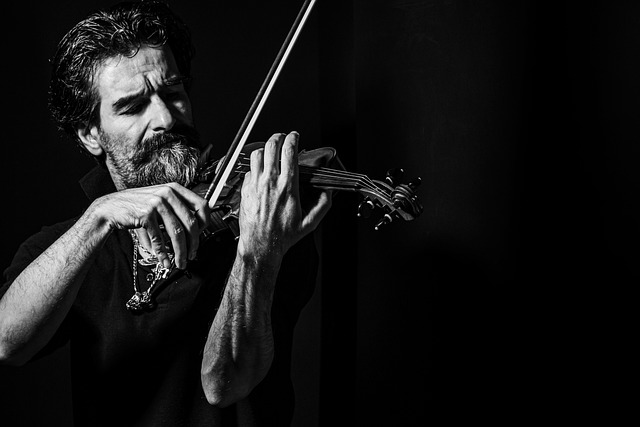Mastering the Art of Portrait Photography: Techniques and Tips
Portrait photography is more than just capturing a face; it’s about telling a story, revealing personality, and immortalizing emotion in a single frame. Whether you’re a beginner or a seasoned photographer, mastering the art of portrait photography requires a keen understanding of light, composition, and human connection.
Understanding Your Subject
The heart of every portrait lies in the relationship between the photographer and the subject. To create compelling portraits, take the time to connect with the person you’re photographing. Discover their personality, interests, and mood. This connection allows you to capture authentic expressions that breathe life into your images.
Harnessing Natural Light
Portrait photography thrives in beautiful light. Natural light, especially during the golden hour—shortly after sunrise or before sunset—offers softness and warmth that enhance skin tones and create captivating shadows. Position your subject near a window or outdoors in shaded areas to avoid harsh sunlight. If shooting indoors, consider bounce lighting or diffusers to soften artificial light sources.
Crafting Composition and Framing
Use composition to direct the viewer’s attention to your subject’s eyes—the window to the soul. Applying the Rule of Thirds can help balance your shot and make it visually engaging. Don’t be afraid to experiment with angles, perspectives, and backgrounds. Sometimes, a simple, uncluttered background helps emphasize the subject’s features without distractions.
Choosing the Right Lens
The lens you choose can dramatically affect the outcome of your portrait. Prime lenses with focal lengths between 50mm and 85mm are favorites for portrait photographers because they provide flattering perspective and sharp detail with beautiful background blur (bokeh). This separation between subject and background adds a professional touch to your images.
Directing Your Model
Not all subjects feel comfortable in front of the camera. Guide them gently with easy poses and subtle direction to bring out natural expressions. Encourage movement such as turning the head, looking away, or a light smile to create dynamic and candid shots. The more at ease your subject feels, the more authentic your portraits will be.
Post-Processing with Purpose
Editing is the final step in crafting a stunning portrait. Use software to enhance lighting, correct colors, and retouch imperfections while preserving the natural integrity of the image. Remember, subtlety is key—overediting can strip away the personality and emotion that make your portrait unique.
Portrait photography captures moments, emotions, and identities. Embrace these tips, hone your skills, and you’ll find that every portrait becomes not just a photo, but a heartfelt story frozen in time.




